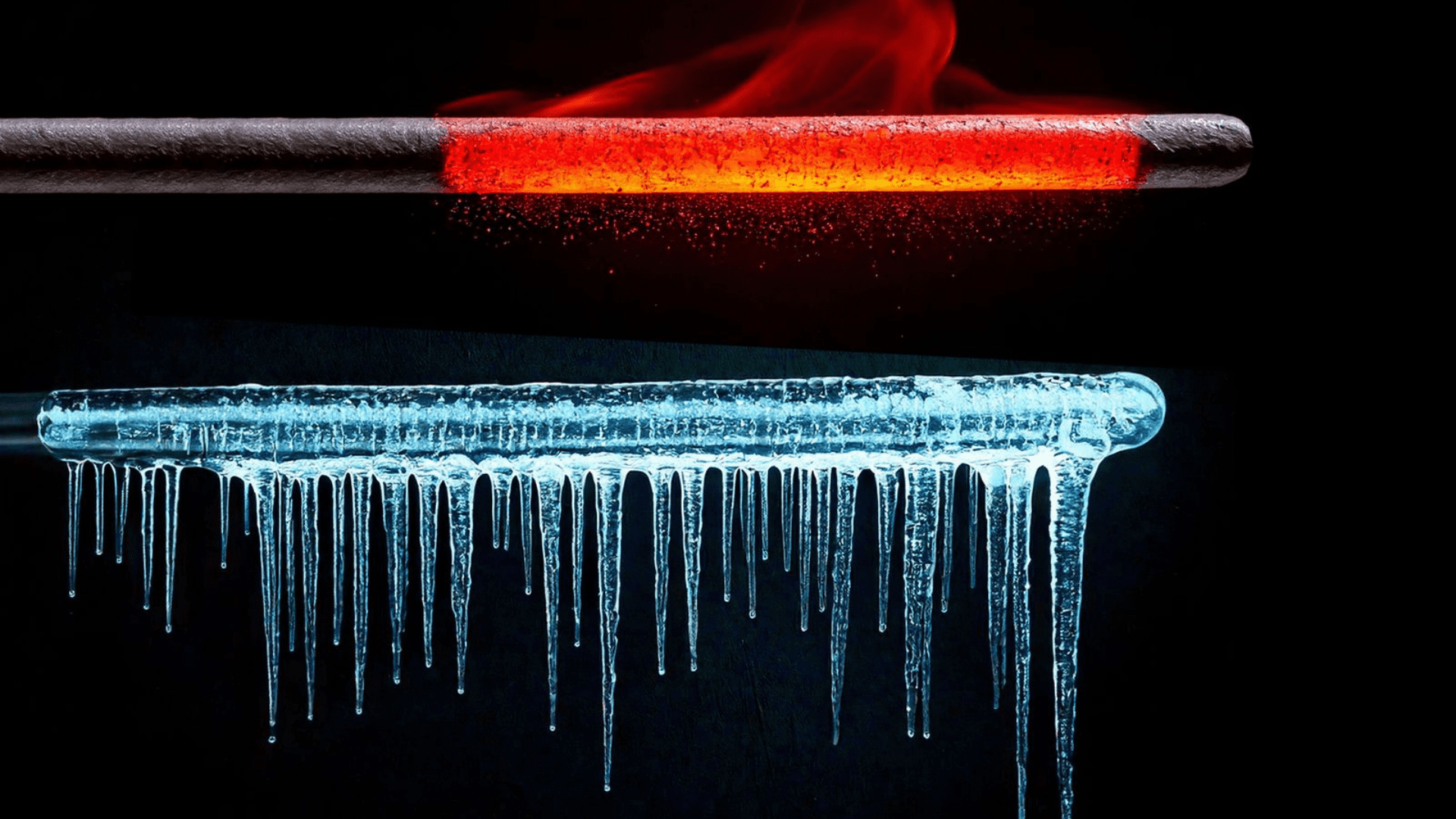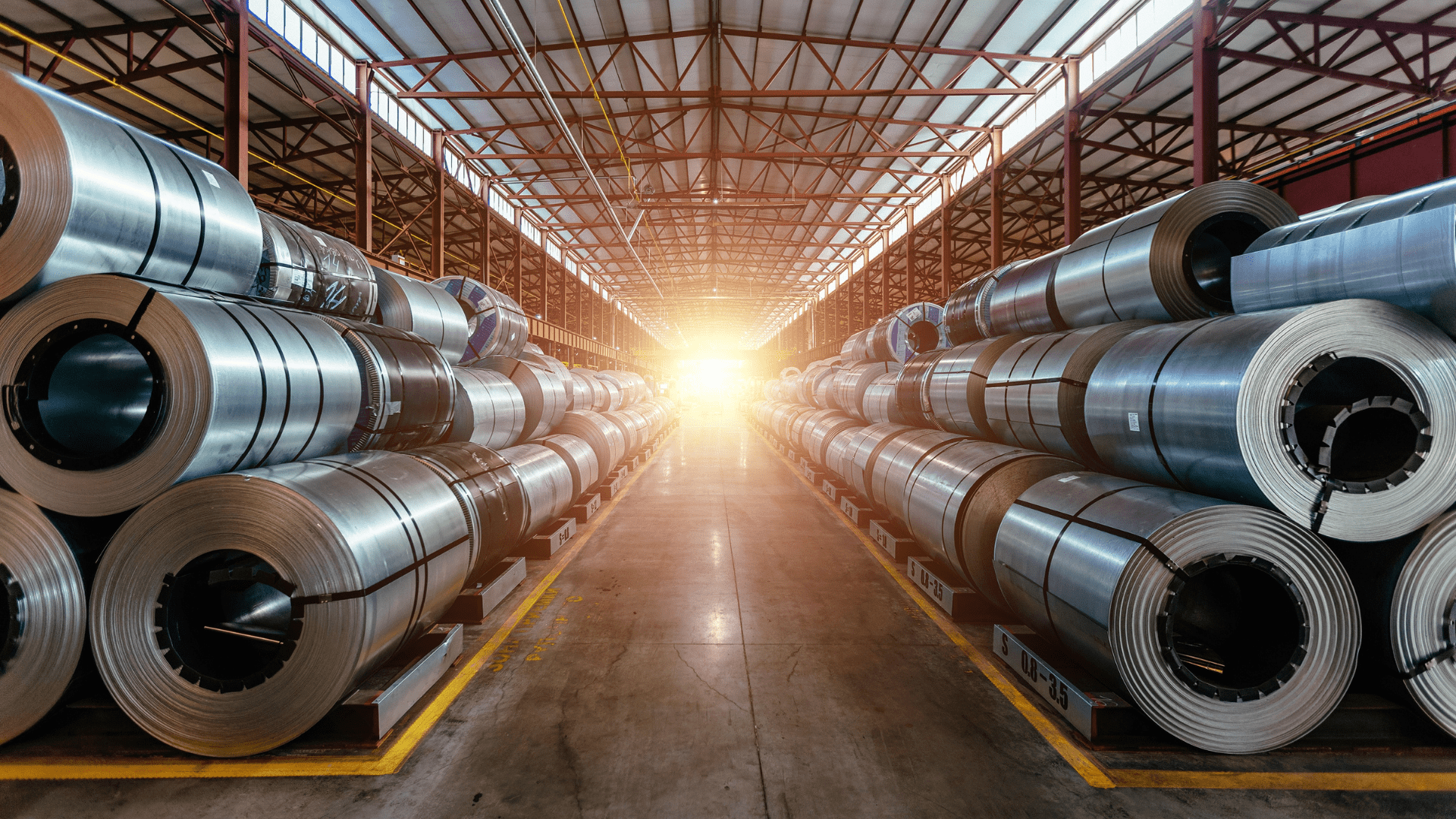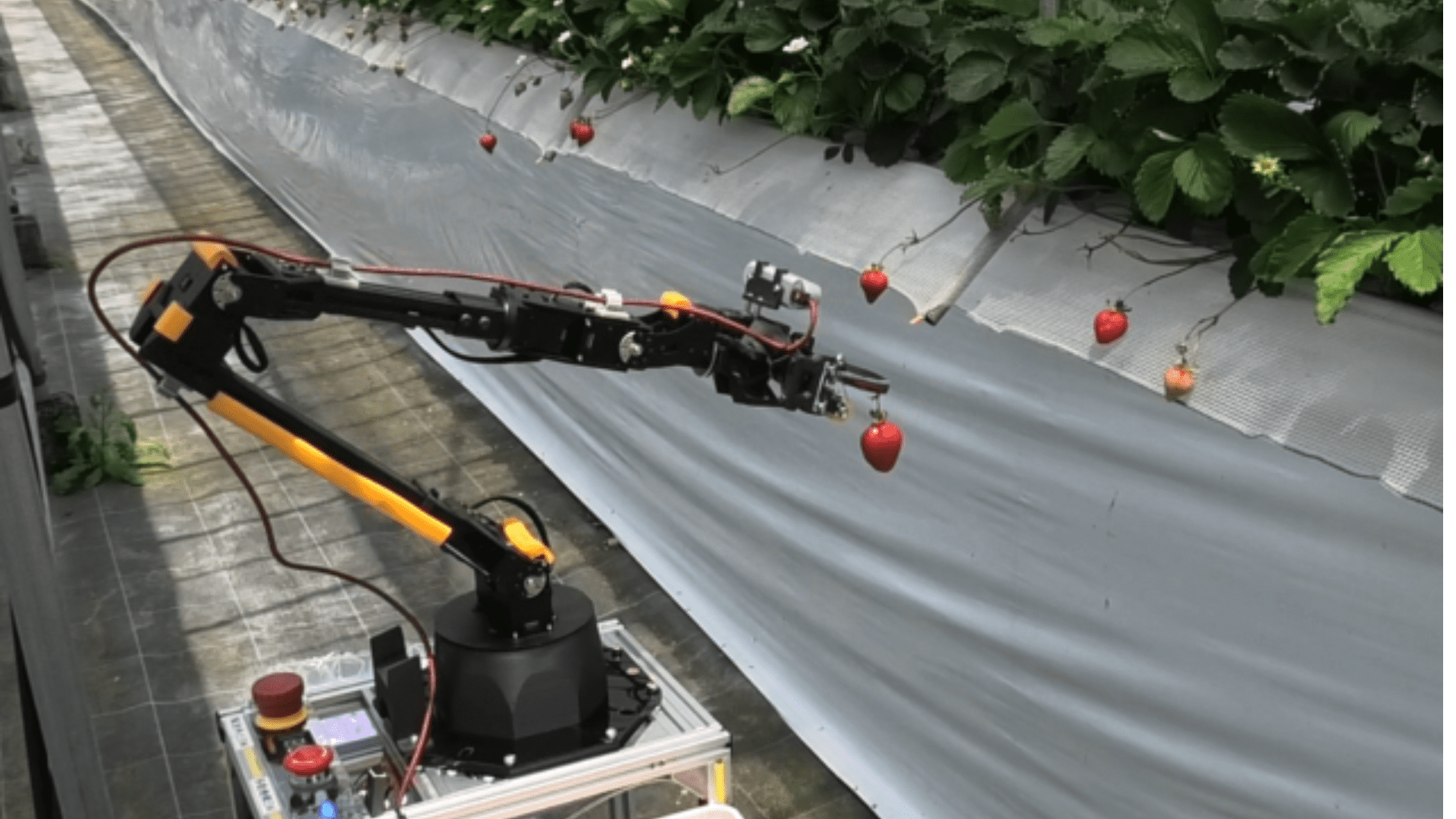Most metals expand when temperatures rise. For example, the Eifel Tower grows 10-15 centimeters in the summer because of its thermal expansion. However, this effect isn’t ideal for several technical applications. Scientists and engineers have searched for materials that stay the same length or size regardless of the temperature.
Invar, an alloy of iron and nickel, is known for its extremely low thermal expansion. However, scientists have struggled to explain this property physically until now. Because of complex computer simulations, researchers and experimentalists at partnering universities found that it’s possible to understand the invar effect in detail to create an alloy with better thermal expansion properties.
This decisive breakthrough resulted from a collaboration between TU Wien (Vienna) and the University of Science and Technology Beijing.
The Alloy That Doesn’t Expand

By learning how the invar effect works, researchers developed a so-called pyrochlore magnet. This magnet is an alloy that has better expansion properties than invar. When exposed to extreme temperatures over 400 Kelvins (over 260 degrees Fahrenheit), “its length only changes by around one ten-thousandth of one percent per Kelvin.”
Dr. Sergii Khmelevskyi from the Vienna Scientific Cluster (VSC) Research Center at TU Wien explained why heat causes expansion. “The higher the temperature in a material, the more the atoms tend to move – and when the atoms move more, they need more space.” He continued, “This effect is the basis of thermal expansion and cannot be prevented. But it is possible to produce materials in which it is almost exactly balanced out by another, compensating effect.”
The team developed complex computer simulations to analyze the behavior of the magnetic materials at restricted temperatures at the atomic level. “This enabled us to better understand the reason why invar hardly expands at all,” said Khmelevskyi. “The effect is due to certain electrons changing their state as the temperature rises.”
“The magnetic order in the material decreases, causing the material to contract,” he explained. “This effect almost exactly cancels the usual thermal expansion.”
Researchers have known the magnetic order in the material is known for the invar effect. However, it’s only because of the computer simulations that they now know precisely how the process works, allowing them to make future predictions for other materials.
“For the first time, a theory is available that can make concrete predictions for the development of new materials with vanishing thermal expansion,” said Khmelevskyi.
Predictions in Practice

Unlike previous invar alloys, which consist of only two metals, the pyrochlore magnet has four. It consists of Zirconium, niobium, iron, and cobalt. “It is a material with an extremely low coefficient of thermal expansion over an unprecedentedly wide temperature range,” said Yili Cao from the University of Science and Technology Beijing.
The pyrochlore magnet can have remarkable temperature behaviors because it doesn’t have a perfect lattice structure. This means it doesn’t always repeat itself exactly the same way, making the composition different at each point. Some areas have different amounts of metal, allowing the subsystems to react differently to temperature changes. As a result, the material composition is balanced point by point so that the overall temperature expansion is almost zero.
Particular applications with extreme temperature fluctuation include aviation, aerospace, or high-precision electronic components.







